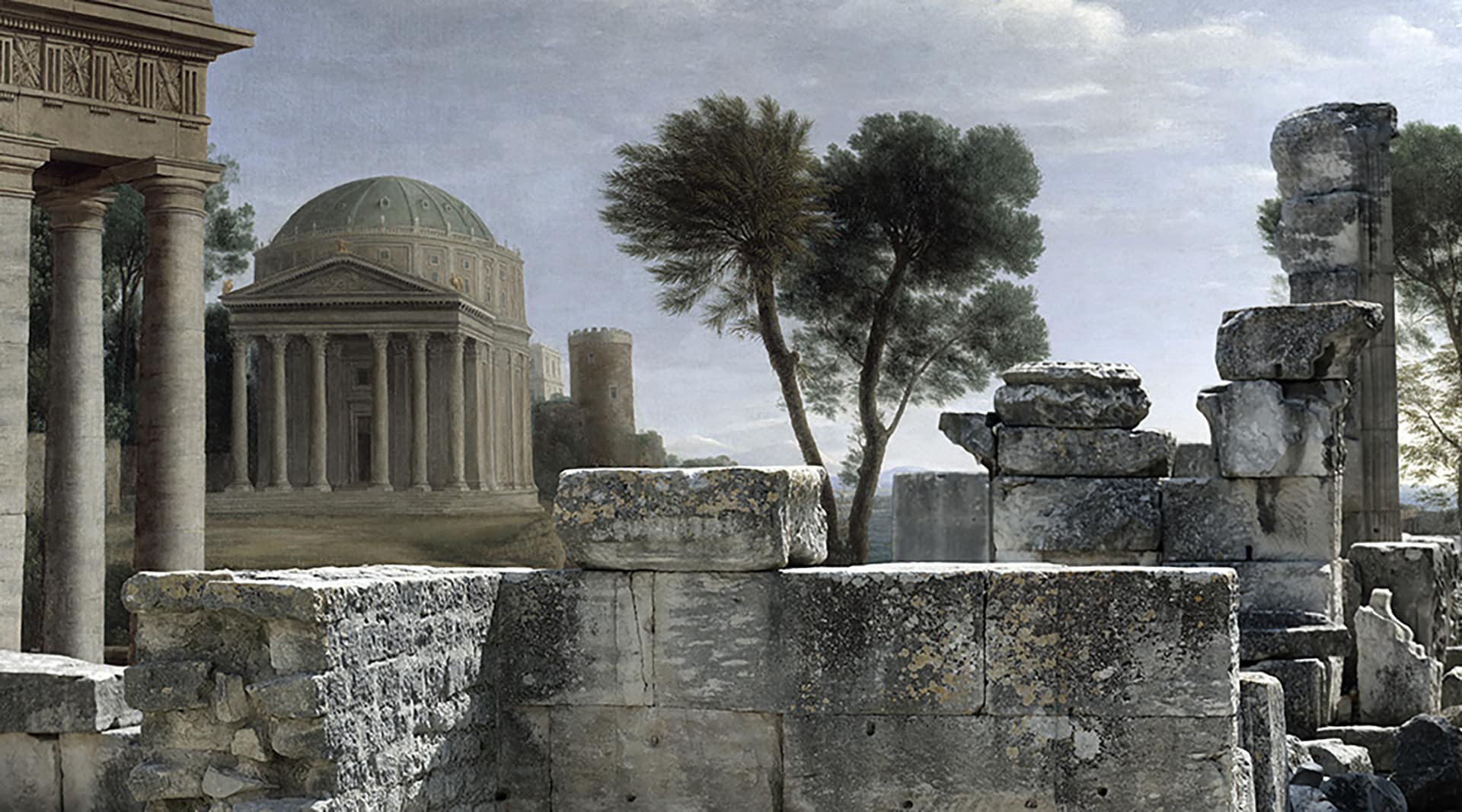A painter by training, Guillaume Hébert gradually turned to photography until he made it his medium of choice. In his latest series, Sceneries, the artist uses a singular approach: confronting his photographs to the classical tradition of landscape painting. An unusual combination, whose manufacturing secrets he’s agreed to share with us.

You’re getting blind.
Don’t miss the best of visual arts. Subscribe for $9 per month or $108 $90 per year.
Already suscribed ?



